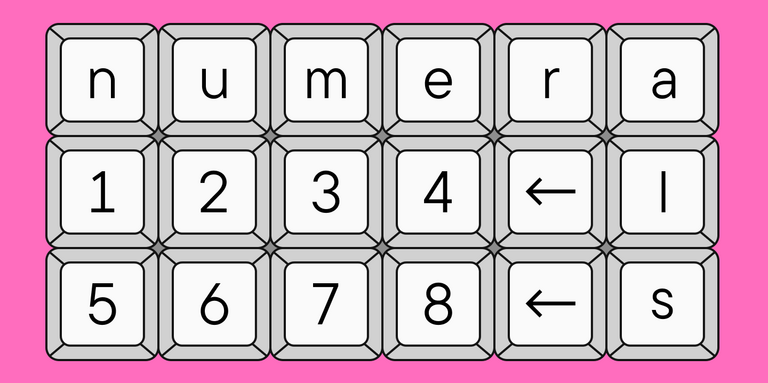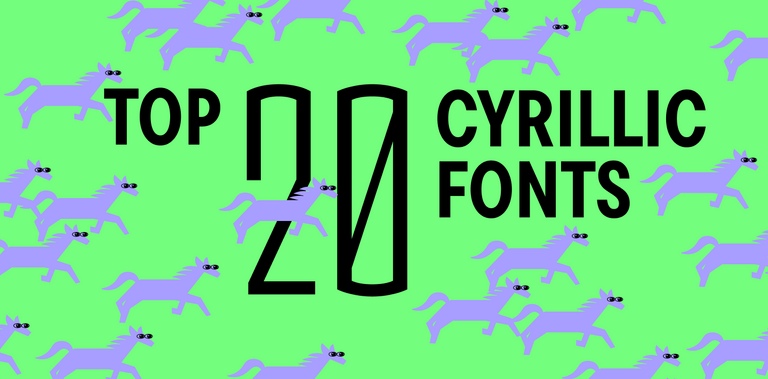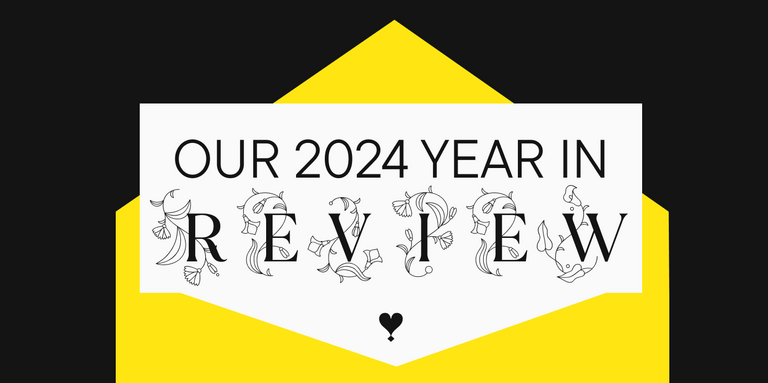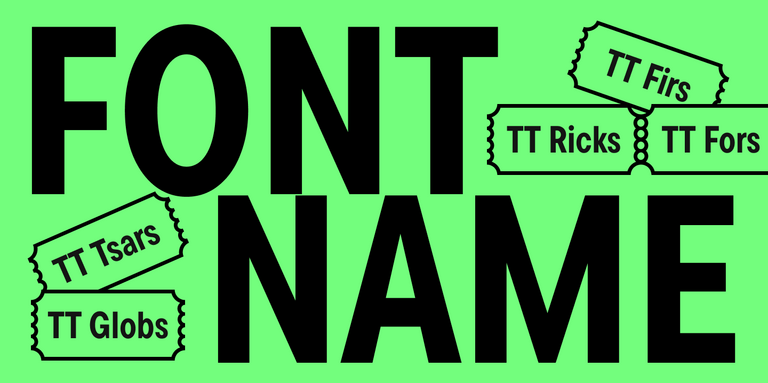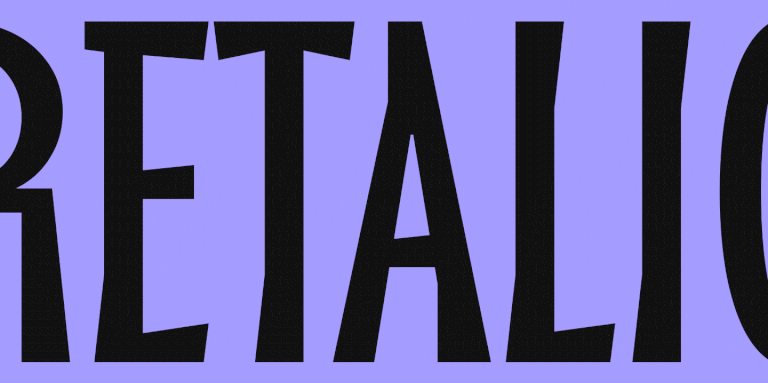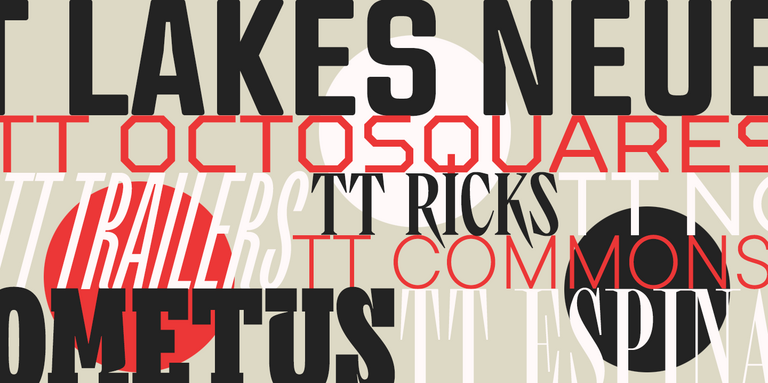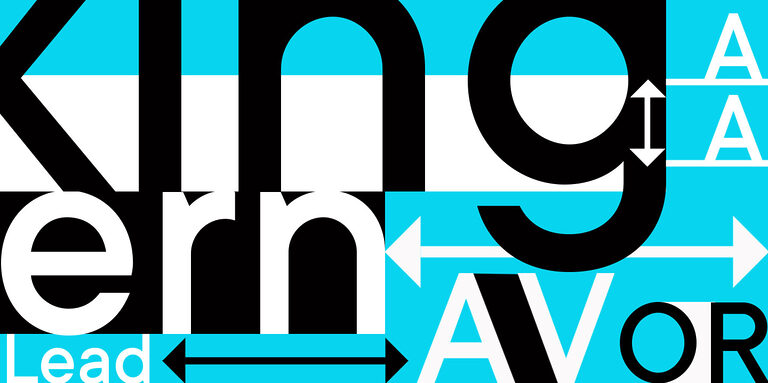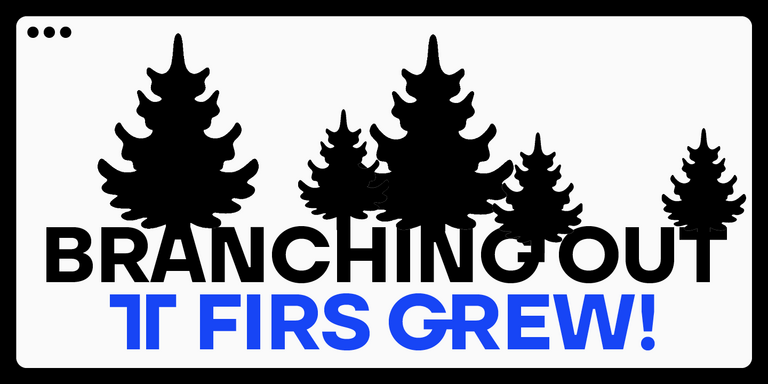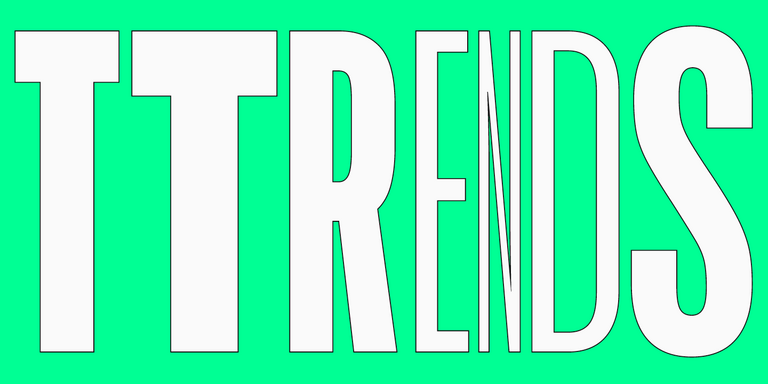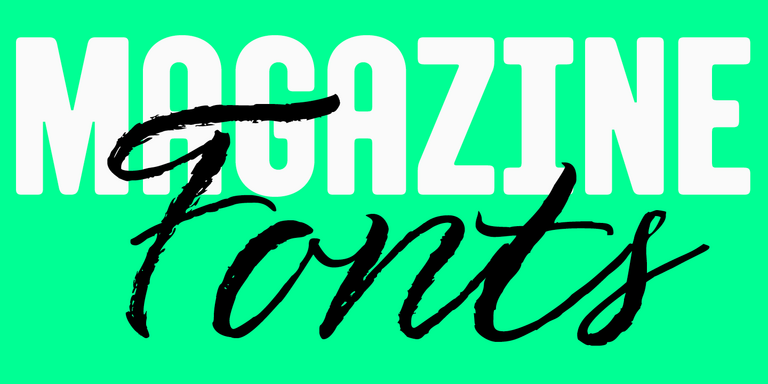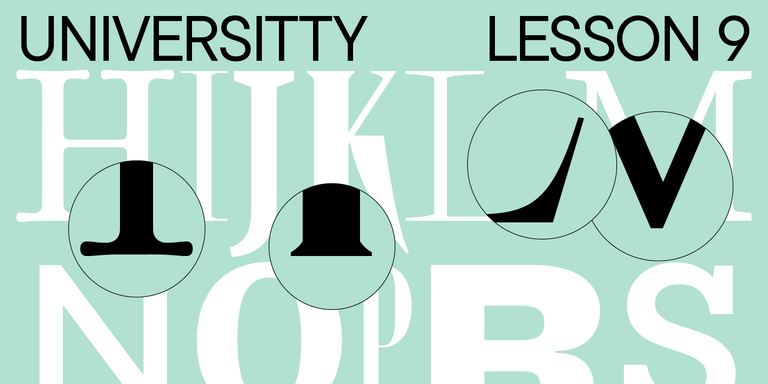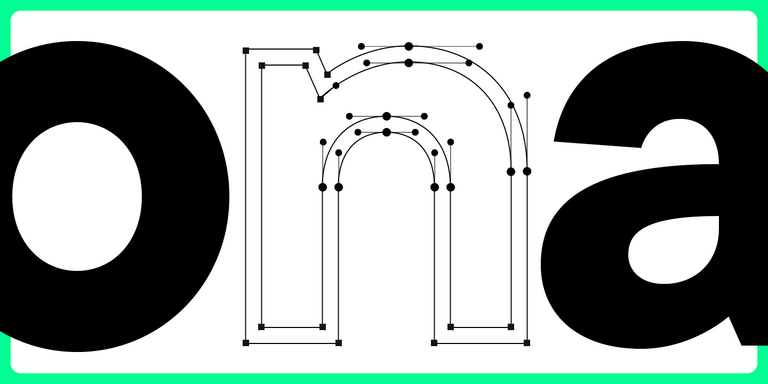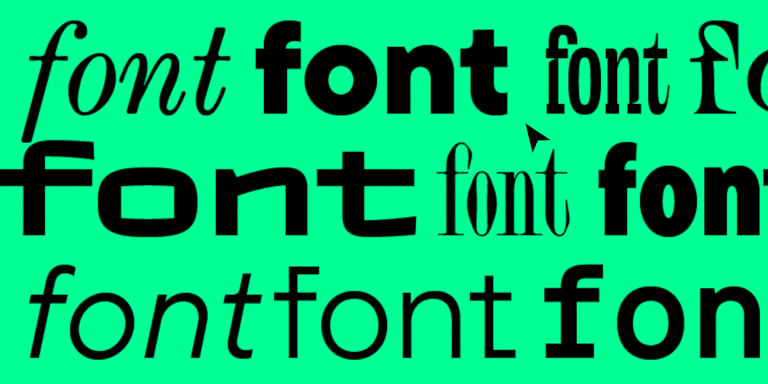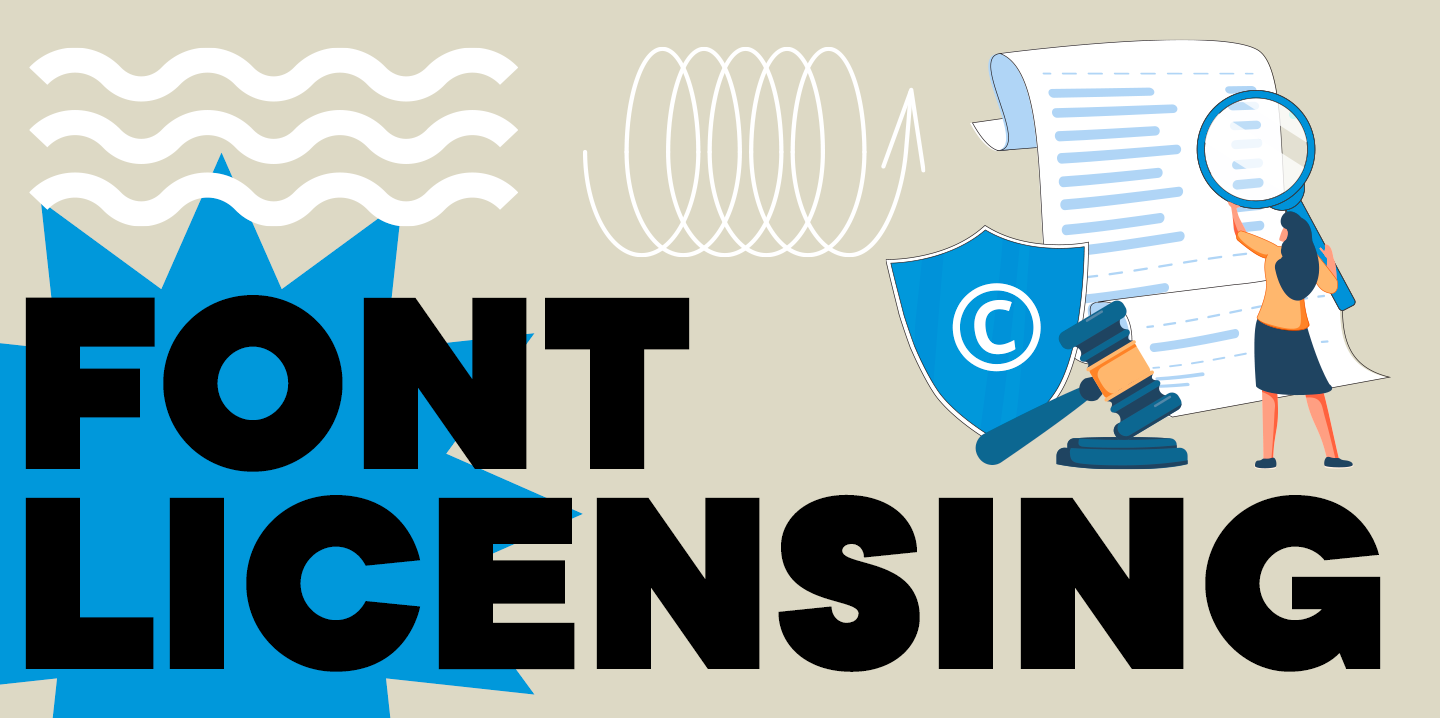
Font licensing can be challenging and tricky to understand. There are numerous kinds of font licenses, each with its own restrictions and nuances.
What types of typeface licenses are there? How to choose the right license for your task? What fonts can be used for free, and in what cases? What are the risks of using unlicensed fonts? These and many other licensing questions are the focus of this article.
What is font licensing?

Different countries have different laws regarding fonts. For example, in the USA, Great Britain, and Germany, fonts are not protected as artistic works and are qualified as software. In many other countries, a font is simultaneously protected as software and a graphic work, thus falling under copyright law.
So, fonts are considered intellectual property, and the conditions of their use are determined by the copyright holder (a designer or a font studio, as a rule). The copyright holder can introduce any restrictions, such as authorizing the font exclusively in ads or apps. All these font use rules are specified in font licenses.
Who needs font licenses?

Answering this question is both simple and difficult, as everyone who uses fonts needs a license. Even when you use fonts in personal projects or download free fonts, you need a corresponding license.
What happens if you use fonts without a license?

Using fonts without a license entails civil, administrative, or criminal liability. So, before installing a font, you should always carefully read the conditions of the licensing agreement.
What fonts are there?
Let’s review the different types of fonts depending on the usage options.
Free fonts
First, let’s make a quick note: no font can be totally free because each typeface is a complex system that involves many resources put into its creation. Typeface development can be paid for by a corporation, a font studio, or a designer.
Such fonts are called free because they are covered by a freeware license, meaning that users can utilize them for personal and commercial projects. The most famous example of a party providing these fonts is Google Fonts. However, free typefaces are often featured in font studios’ collections. TypeType, for instance, has a «Free fonts» project.
There are different kinds of freeware licenses with a variety of restrictions, like the prohibition on modifying font files. The most common freeware license is SIL OFL 1.1.
Font designers can also distribute their creations independently on various platforms. New font designers often do this to establish their presence and gain recognition.
Shareware fonts
A separate category is formed by fonts that can be used for free only in personal projects. They are called shareware.
Any PC user has interacted with shareware fonts, as these are the ones pre-installed on every computer. In most cases, these fonts are provided for personal use only. A good example is the fonts in Microsoft products. They can be used only within the programs they are built in and only for personal needs. However, if you decide to use these fonts for commercial purposes, you must buy them (and they will cost a lot). This is the case where Microsoft paid for the fonts to make them available for their users.
Trial fonts
There are also trial font versions. These are equivalents of paid fonts that users can download for free to try in their projects. However, these fonts cannot be used in commercial or completed personal projects: the idea is to solely test various fonts for free, choose the most suitable one, and then buy the corresponding license.
Many font studios offer trial typefaces, including TypeType. Every font in our collection has a trial version equal to the commercial one.
Paid fonts
This category includes all fonts licensed for commercial use. Where exactly the font can be used, whether designers are allowed to modify its elements, etc., are determined by the specific license. We will cover that later in the article.
Fonts for rent
Many studios allow you to either purchase fonts permanently or rent them. Renting means that, instead of a font file, you will get its cloud version, which will become unavailable at the end of the rental period. This may be convenient if you want to use a font only once for a specific project. This license type, however, poses some restrictions as well. For example, rented fonts cannot be used for logos, printed materials, outdoor advertising, and apps.
Subscription fonts
Font subscriptions work similarly to font rent but offer more possibilities. You can get access to a broader collection of fonts for a specific period (a month or a year, for instance) and use them according to the chosen pricing option. Again, the rules corresponding to pricing options are established by each individual company.
For example, the TypeType Font Subscription features three pricing options to choose from, including the one with unlimited font use in all formats. If you haven’t found the options for you, we can build a custom package to suit your every need. Visit our website to explore the full terms.
What are the most common types of font licenses?

As we have mentioned before, there is a wide variety of font licenses: corporations, font studios, or designers can develop any license type with any use terms.
Let’s explore the specific font licensing examples offered by TypeType.
TypeType font licenses
Desktop font license
A desktop license allows users to utilize fonts to create logos, mockups, images for websites and social media, and printed materials. The crucial nuance of the desktop license is that its cost depends on the number of devices where the font file is installed. So, the desktop license format is purchased for the necessary number of workstations.
Web font license
As the name suggests, web licensing is suitable for those who want to use the font on a website by embedding it in the page’s code. For example, in headings or text blocks. In this case, the price depends on the number of website visitors per month. For new web pages, the base rate is the optimal option that includes up to 10,000 views per month (the metric is based on the total number of sessions, not unique visitors). One license is purchased for each domain. If you have various websites, you will need a license for each of them.
App font license
This license type is ideal for those who plan to use the font in apps for iOS, Android, Windows, Linux, and other operating systems. In this case, the price is determined by the number of apps where the font is used: each app needs its own font license. For example, this type of license allows you to create the same app for different operating systems as part of only one license pack.
Digital Ads font license
Looking for a font to use for web ads? Then you have found your license! This license type allows you to use fonts on banners, digital and social media ads, and posters. The pricing for the ePub font license is calculated based on the total ad impressions.
Broadcasting font license
This license is intended for credits, subtitles, and other text in video content, such as YouTube videos, streaming, movies, clips, and commercials. The license cost is based on the number of videos using the font.
By the way, if you want to add an image with font to your video or a logo without additional font embedding in the video, it will be enough to purchase a desktop license.
Video game font license
It’s simple — developers need this license to implement fonts into the game code across all operating systems (MS Windows, Mac OS, Linux, etc.) and gaming consoles (PlayStation, Xbox, Exeq, etc.).
eBook font license
With this license, you can use the font in digital publications: books, magazines, etc.
Server font license
This license type implies installing the font on the company’s server, which shares it with numerous devices. For example, bank terminals display data stored on the shared server. However, there are a number of restrictions applied to font usage in this case.
Unlimited (unrestricted) font license
In this case, there are no restrictions on font usage. Except for one, it is prohibited to sell the font or modify its files under this license. However, at TypeType, we offer free customization for those purchasing the unlimited font license.
Trial license
This license allows you to use the trial typeface versions we mentioned earlier. As per the trial license, you can download any number of fonts for free but only for preview purposes.
Bespoke license for custom fonts
It can also be called a custom license. This type is a solution for those who cannot find a suitable standard license. We can customize the use terms for the font depending on your requirements and legal obligations.
Choosing a license to use the font
To choose the optimal font license, you should first determine why you buy it and understand the tasks the font will perform. After that, we recommend going through the list of licenses offered by the studio or developer and choosing the one that suits you best. Feel free to ask for assistance if needed, as contact details are always available on official font websites. And most importantly, always pay close attention to the user agreement!
How to check the font’s license

When you like a font but are unsure about the rights granted to users, try finding the licensing agreement on the provider’s website or third-party marketplaces. If the search does not yield results, you can always contact the developer and ask them all the necessary questions.
How do studios track who has used their fonts?

There are numerous ways to do that, and usually, each studio chooses its own methods. For instance, TypeType has an entire department of licensing control, where our specialists monitor cases of fonts being used without licenses. Some studios even hire law firms to keep track of the violations and advocate for their interests.
How much do font licenses cost, and what determines the price?

The examples above illustrate that licensing costs vary, depending on many factors, and are calculated differently across license types. The pricing is also influenced by the number of font styles you want to purchase.
About retroactive font licensing
This may sound difficult, but astrology and Mercury retrograde have nothing to do with it. Retroactive font licensing is, roughly speaking, buying a license after purchasing the font (retroactively). For example, if you used a commercial font without a license, which was followed by the developer reaching out to you to settle the situation without conflict, you can buy a license. It also applies when a customer notices they are using a font without a license and decides to resolve this issue legally.
However, keep in mind that not all studios offer peaceful ways to handle these situations, so it’s always better to purchase licenses immediately.
How to transfer a font license?

If you want to pass your font license to your client or contractor, you should ask the rights holder in advance about this possibility. If you are buying from TypeType, you should notify the manager beforehand. They will include a clause in the contract extending the license to third parties, allowing you to transfer the font officially.
What is the duration of a font license?

Licenses can be either permanent or time-limited (annual, for example). At TypeType, all licenses have no time limitations.
Conclusion
We hope our article helped you understand more about font licenses, their purposes, and how to choose the best one for your needs. Additionally, we recommend reviewing our Licensing FAQ, which covers frequently asked questions. For any further help, you can always contact us directly at [email protected].



